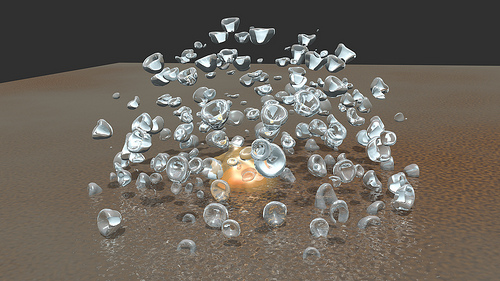
The world record in Computational Fluid Dynamics reaches 14.4 PFlops to resolve 15,000 cavitating bubbles. Scientists at ETH Zurich, the renown Swiss university and IBM Research, in collaboration with the Technical University of Munich and the Lawrence Livermore National Laboratory (LLNL), have set a new record in supercomputing using 6.4 million threads on LLNL’s 96 rack “Sequoia” IBM BlueGene/Q, one of the fastest supercomputers in the world. The team of scientists performed the largest simulation ever in fluid dynamics, by employing 13 trillion cells and reaching an unprecedented 14.4 Petaflop sustained performance on Sequoia — 73 percent of the supercomputer’s theoretical peak. The simulations resolved 15,000 bubbles (see image), a 200-fold improvement over previous research, a crucial improvement which paves the way for the investigation of cloud cavitation collapse. This is a complex phenomena when vapor cavities or bubbles form in a liquid due to changes in pressure. When the bubbles implode the can generate damaging shockwaves. Image credit: Petros Koumoutsakos zVg / CSE Laboratory , ETH Zurich
